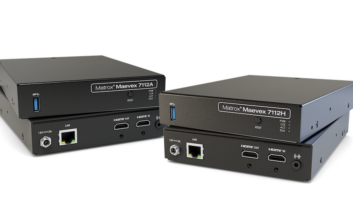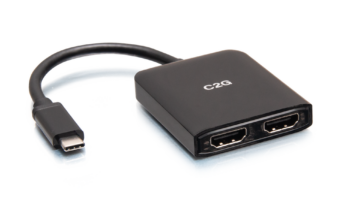Sony unveiled a new use for its MiniDisc media format Tuesday when it introduced its first digital camcorder based on the tiny optical disc technology.
Called the MD Discam, the digital camcorder represents a departure on a number of fronts from the tape-based analog and digital camcorders Sony already successfully markets in the United States.
When it appears in the United States this January, the MD Discam is expected to be the first commercially marketed camcorder to use optical disc media. This is not the same MiniDisc media used in today’s MD music recorders, although the MD Discman (DCM-M1) will play MD music discs. Instead, the camcorder uses higher density MD Data2 media, with 650MB of storage capacity, called an MD View disc. This, Sony said, is enough for 20 minutes of video, or 4,500 still images in the MPEG2 file format used by the camcorder. It will also hold 260 minutes of recorded audio attached to three digital still images in the camcorder’s “Interview Mode.”
The company hopes to keep one step ahead of its rivals, which are feverishly trying to bring to market camcorders based on recordable DVD formats, by using its own disc technology — nothing new for Sony. This way, users will enjoy the benefits of random access to scenes, simplifiying the in-camera editing process. Users can create a finished video edit without having to transfer data to a PC editing suite or dub onto another disc or tape source.
The DCM-M1 ($2,299 suggested retail), also marks Sony’s first use of MPEG 2 digital compression in the “MD View” format Sony employs for the device. Current Sony digital Handycams use DV compression in both the D8 and miniDV lines.
Presumably, future generations of the camcorder will be able to produce digital stills at higher resolutions than the 640 x 480 ceiling of the miniDV system. However, 640 x 480 is currently the maximum for digital stills taken with the DCM-M1.
Sony product managers rated full-motion video resolution of the camcorder at “about 400 horizontal lines.”
Not included is an iLink IEEE-1394 two-way digital interface. Instead, the MD Discam transfers JPEG stills and motion JPEG sequences to a PC via an Ethernet card connection using 10-Base T, which allows the PC to display images in a Web browser. Signals from the camcorder are read as Web pages, with the camcorder having its own IP address.
“The MD Discam camcorder lets people create and edit the movies they truly want to watch without scanning hours of footage to find their favorite moments,” said Jay Sato, Sony Electronics digital imaging marketing VP. “It is an all-in-one video-capturing and -editing camcorder that offers a fast-and-easy PC-free editing experience.”
Sato doesn’t see the MD Discam as a step between a Sony D8 and a Sony miniDV camcorder. Instead, he said, the product will attract a special audience that is drawn to its ability to easily and quickly edit short video sequences without investing in cumbersome editing stations.













